Electric cars are becoming increasingly popular, and not just in terms of new car sales. With tax breaks, free entry to the congestion charge zone and the promise of rock bottom fuel costs – and with purchase price of a new EV still comparably high – it’s not hard to see why used examples are in demand.
Buying one can, of course, be a bit daunting. Yet, while electric cars are a brave new world for many motorists, it needn’t be a worry. Most of the things that you should look for are just the same as those you’d look for in a standard petrol or diesel used car.
The big worry for most buyers is the battery. The first, and most reassuring thing to know is that batteries and electric motors are potentially far more reliable than a petrol or diesel car. There are simply far fewer parts to go wrong. However, the fear of loss of range over the years is understandably a big concern, which is why we’ve broken down our used EV buying guide into the topics that most buyers are unsure about, starting with everything you need to know about the battery.

How to Check a Used EV's Battery
It’s now well known that electric car batteries degrade over time. As a general rule you should expect an EV battery to lose between 1 and 2% of its performance each year, but that is a rough estimate and it can vary depending on the mileage that the car has done, and how well the battery is looked after.
Ideally, in routine use a car battery should be topped up to between 20 and 80% charge, and only fully charged or fully depleted when it really needs to be. Avoiding rapid charging too frequently will also help to preserve battery condition, as will using the car’s systems to alert it before you plug into a rapid charger so that the car can pre-heat or cool its batteries.
In fact, doing all of this with an electric car can even improve its battery condition – and therefore its driving range between charges – if it hasn’t been meticulously cared for previously.
Short of subjecting the previous owner to a lie detector test it’s very difficult to know if a previous owner has been doing this. However, buying from a reputable dealer will likely make it much easier to obtain a battery condition report, which is a straightforward job.
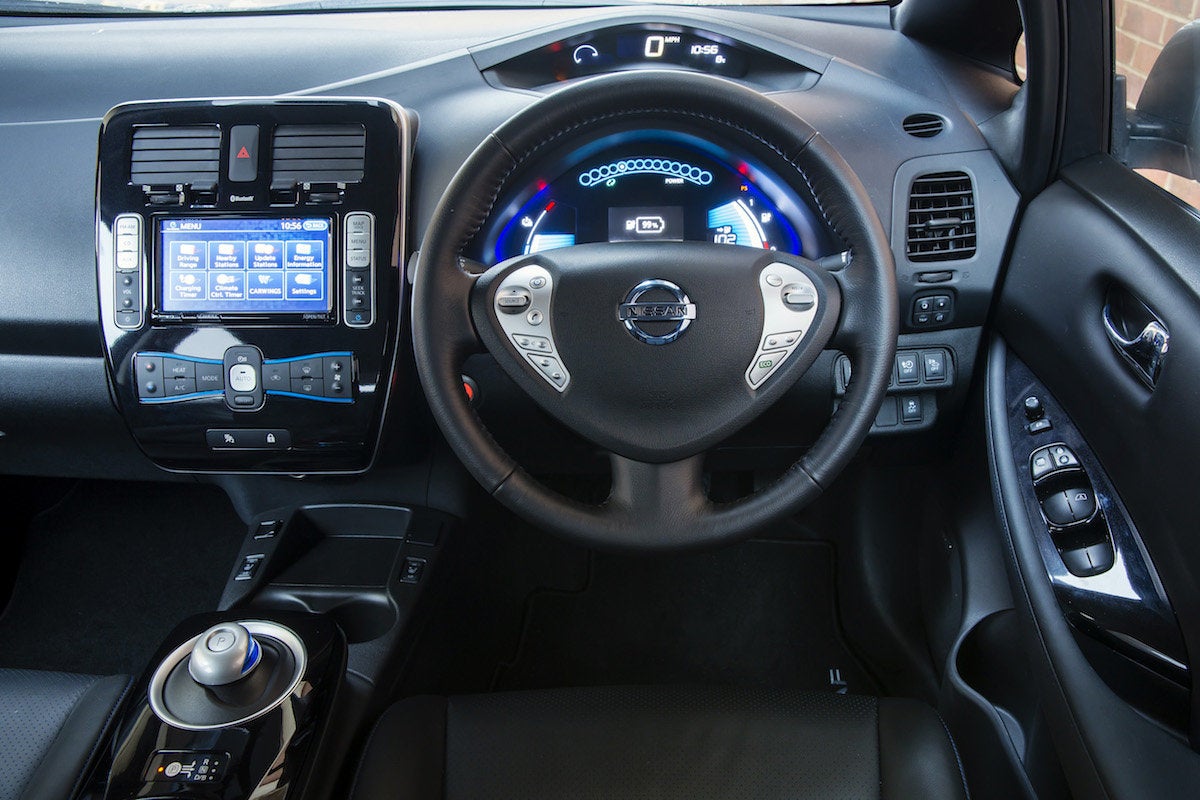
Some electric cars (including the first generation Nissan Leaf) even have battery health readouts in the car, which offers a gauge to show roughly what percentage of its cells the battery has lost the use of. Even so, always ask for a battery health check before you buy.
The state of the battery is also reflected in the car’s range, so another important thing is to make sure that you see the car with a full battery charge and to have a look at the range readout. Don’t forget that the estimated range will be affected by the way the car has been driven, and the ambient temperature. So, if it’s just been driven up the motorway on a freezing winter’s day you’ll be looking at a worst case scenario, which could be some 25% lower than the range you’ll see on a warm day in slower driving conditions.
Do all of this and you’ll have a very good idea of whether the battery is in good condition, and more importantly - what range you’ll be getting in real-world use.
Don’t be afraid of a higher mileage electric car, either. As we’ve mentioned, electric cars have far fewer moving parts to go wrong so generally prove much more reliable than petrol or diesel. Even in terms of performance loss, modern EVs are proving better than most expected; it’s not unusual to find Nissans and Teslas with 150,000 miles and more, and still going well on the original battery with a perfectly usable range.
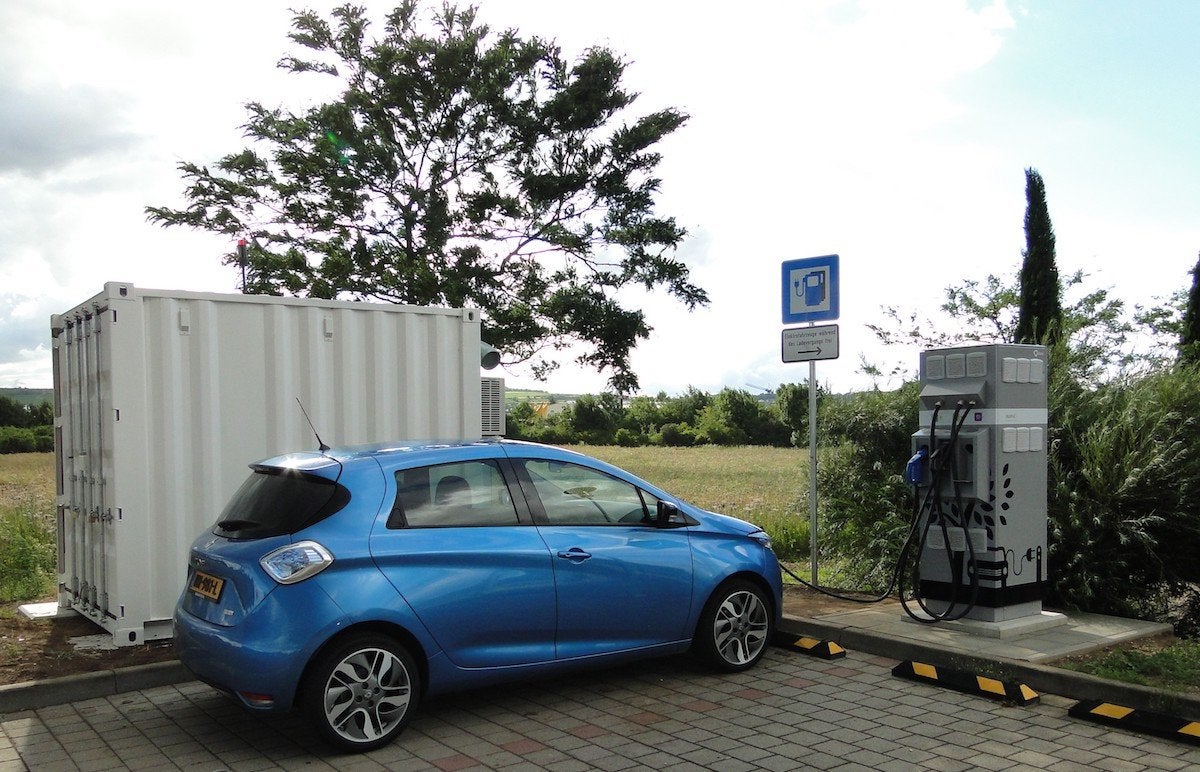
Look Out for Battery Leasing
The Renault Zoe and Nissan Leaf have both been offered with battery leasing contracts, which meant that you bought the car but paid an agreed monthly rate for the battery. This reduced the purchase cost of the car and removed any worries about battery reliability, so was very popular for a few years, although there are now new electric cars with battery lease offers as of 2020.
It should always be obvious from an ad whether the car in question has a battery lease attached – which you, as the new owner, would have to carry on but could be amended to suit you. Typically a battery lease contract varies from £50 to £90 per month depending on the mileage you cover, and used cars with the lease will be thousands cheaper to buy than their batteries-included equivalent.
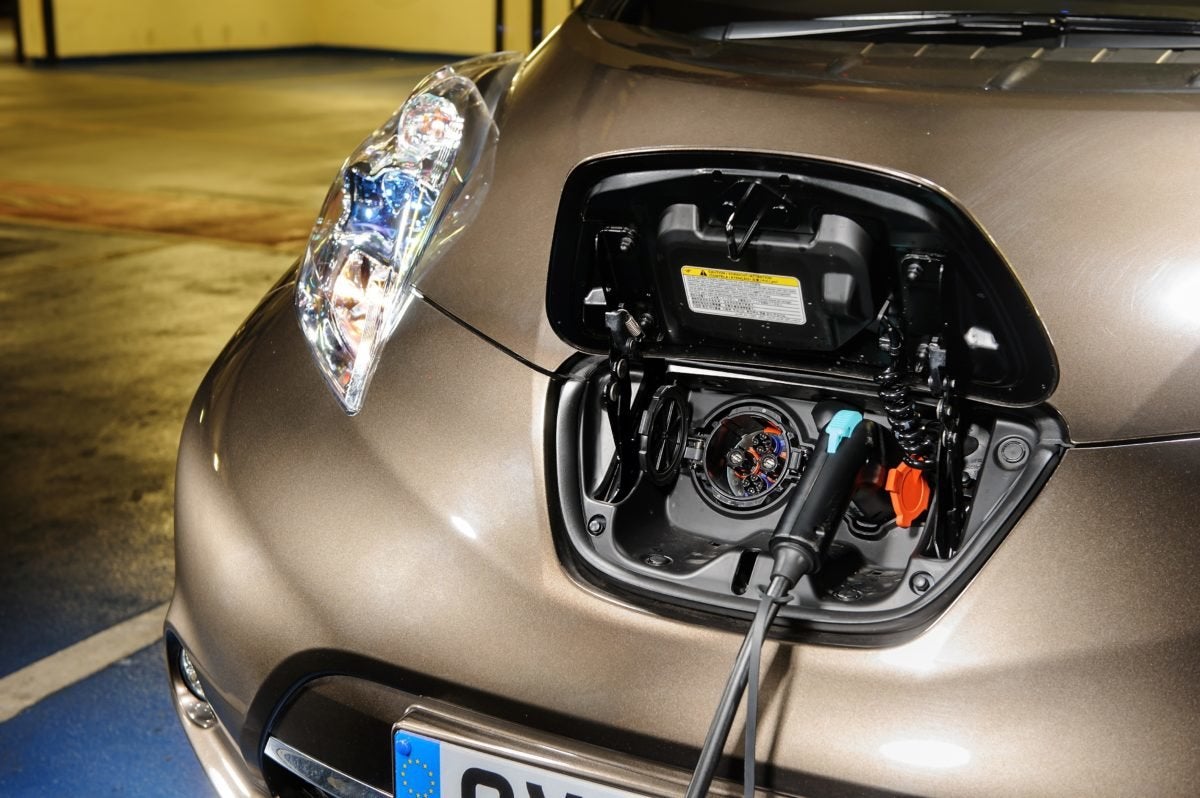
Check the Charging Hardware and Cables
The charging hardware can be a weak spot in an electric car. Check that the socket doesn’t have any bent pins or signs of general abuse, and also check the cables in the car – both to be sure that they’re actually present, and that the plastics around the end of the socket aren’t scuffed or bent. Replacement EV charging cables are easy to get hold of but can cost from £200 and up.
Some cars – certain versions of the BMW i3 and Renault Zoe, for instance – offered optional rapid-charging upgrades when new, so check out the CarGurus reviews to find out if the car you’re considering came with everything that you want as standard, or if there might be extras to look for.
Look at the Service History
Looking at the paperwork is always recommended regardless of what car you’re buying, but don’t be tempted to pay this less attention just because it’s an EV.
Suspension parts can wear more quickly on electric cars due to the weight of the battery, so always listen for any knocking sounds and look for suspension repairs in the history. As well as that, many EVs are given software upgrades in the routine service, which you wouldn’t want to miss out on.
Check the Warranty
Most electric cars come with an eight-year, 100,000 mile warranty to cover the batteries, which is transferrable when you buy the car used. Some manufacturers also offer a performance guarantee that will cover against battery failure or degradation. This normally kicks in if the battery (or range) drops below 70% of what it was when new during the warranty period, at which point most manufacturers will offer to refurbish or replace a battery.
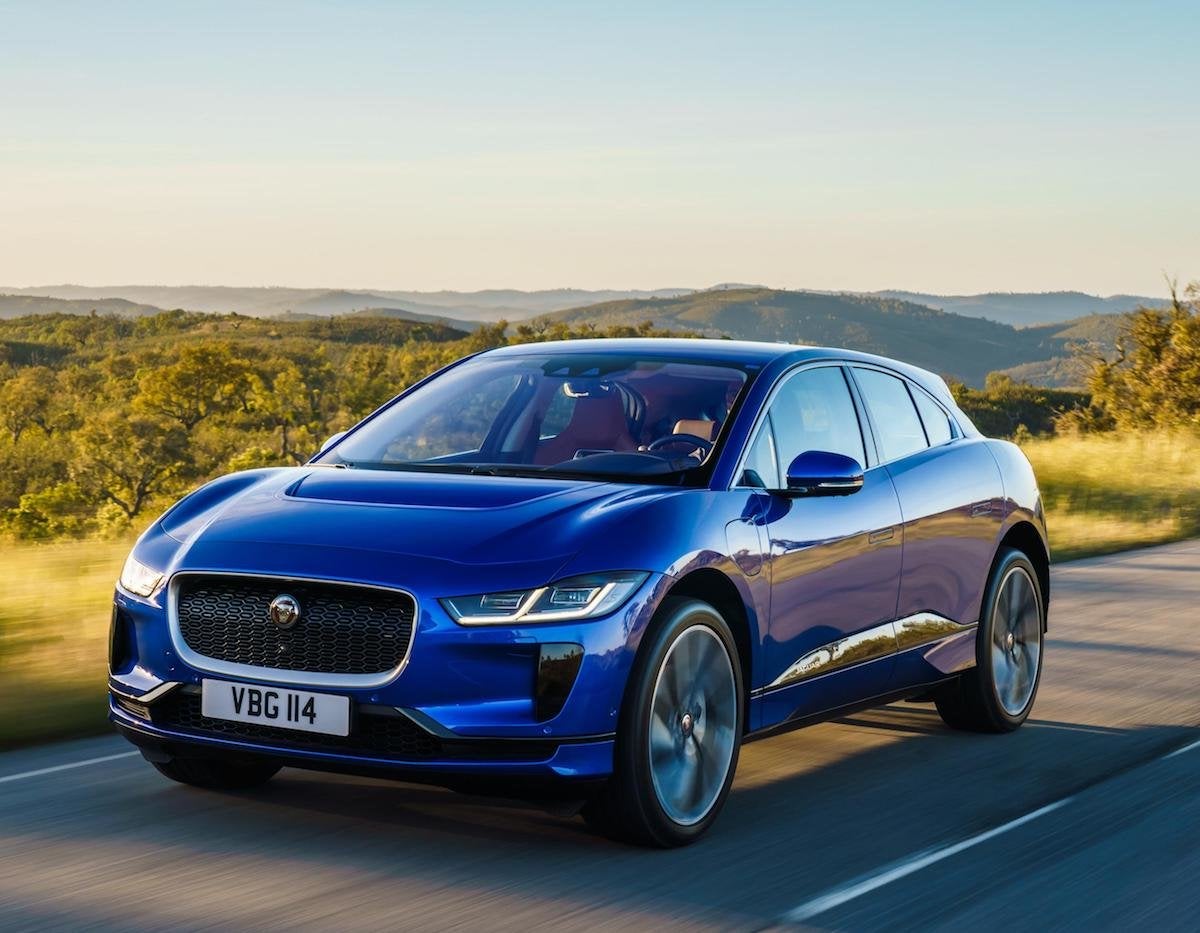
Check the General Condition of the Car
Other than mechanical engine checks (there’s no oil etc to check on an EV), everything else you’d normally look for on a used car still applies. Check that the tyres have good tread depth and match all round, look under the wheel arches and sills for any signs of rust or damage, check that the doors close nicely and line up properly, and also check that the air-conditioning and all the electrics work properly.
Overall, buying a used EV needn’t be worrying or stressful. Ultimately, the battery and electric motor are way more reliable than any combustion engine, so it’s getting to grips with what sort of range you’re going to get, and understanding the charging specification of your car that’s the only thing you need to pay particular attention to on an electric car. A good dealer will be able to help you with both of those aspects.
Five Used Electric Cars to Consider
Below is our pick of five of the best second-hand electric cars to consider if you’re thinking about making the switch. Or if you want to see a wider selection, check out CarGurus for all used electric cars for sale near you.
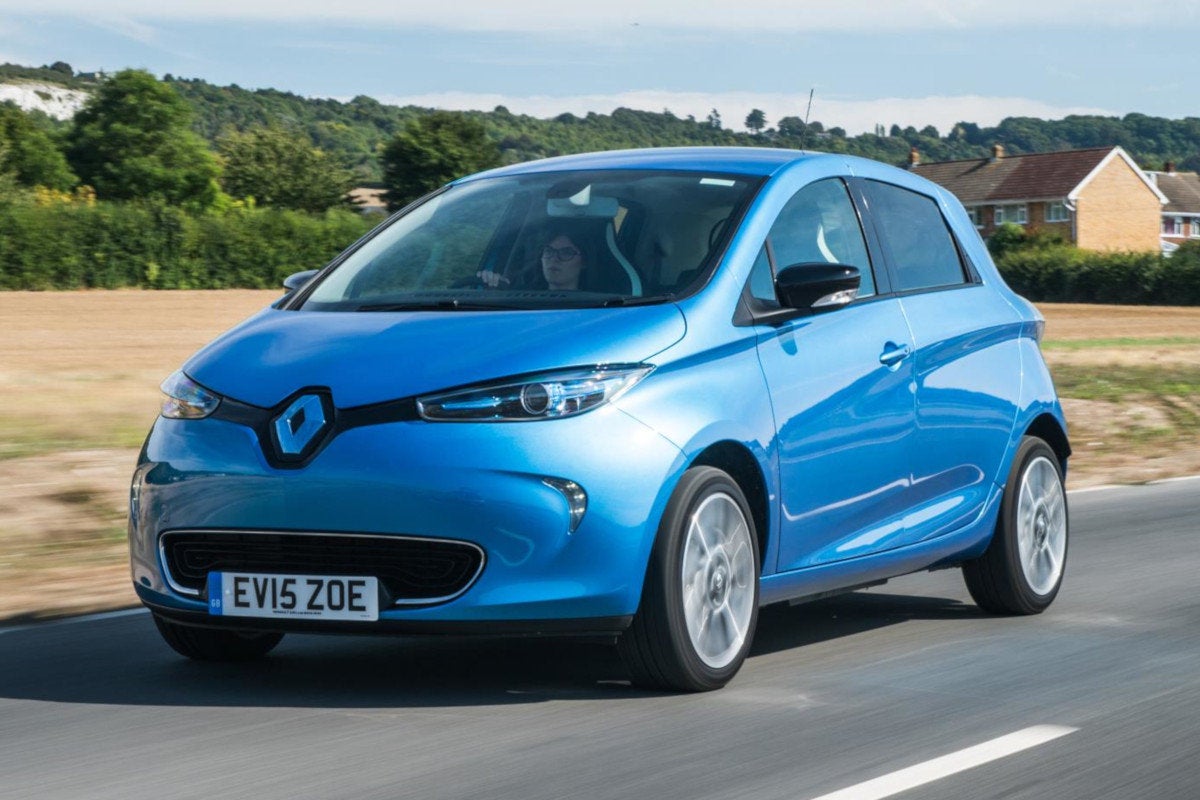
Renault Zoe
Official range: 130 – 245 miles
0-62mph: 13.5 – 9.5 seconds
The Renault Zoe is a Ford Fiesta-sized, five-door hatchback that’s been around since 2012. It’s tidy and comfortable to drive, and for a long time was the most affordable electric family car on the market. It’s been upgraded heavily a number of times. Early cars had an official range of 130 miles but ignore that as it was done under unrealistic lab conditions that have now been replaced, and assume you’ll get more like 80 to 90 miles. Battery upgrades increased the Zoe’s range a number of times until, eventually, from 2020 the Z.E. 50 went on sale with a range of 245 miles (more like 200 – 220 in the real world). That’s great value for such a long range car, and it’s well equipped as standard, too.
Read our expert review of the Renault Zoe
Search for a used Renault Zoe on CarGurus
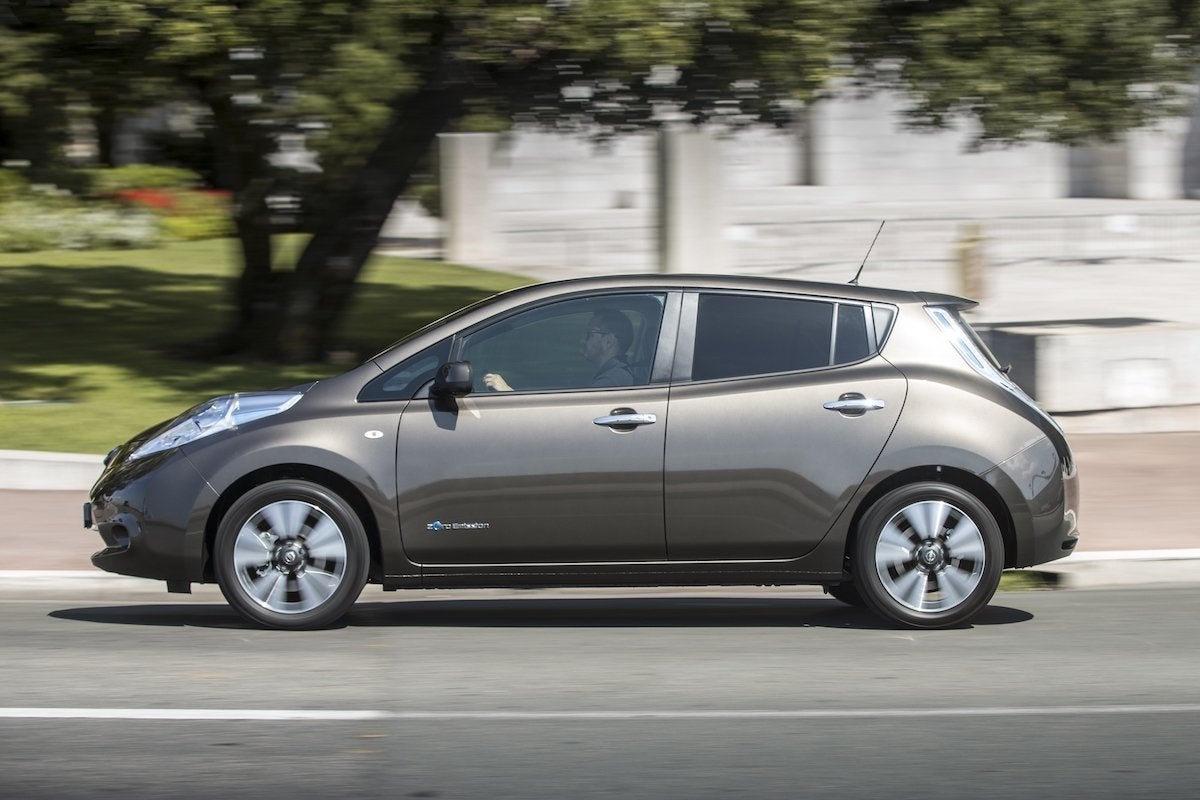
Nissan Leaf mk1
Official range: 109 – 155 miles
0-62mph: 11.5 seconds
The Leaf is roughly the size of a VW Golf, so it’s a better bet than the slightly smaller Zoe if you’re after a practical family car. It doesn’t go as far between charges, though. The official range figures can be misleading; expect the early 2011 cars to do only 50 to 70 miles in normal everyday use, but we’d recommend going for a 2013 or later car since they were updated with a better interior and will do more like 100 miles to a charge. In 2015 an even bigger 30kWh battery was introduced that took that real-world range up to 120 miles. If you don’t mind the odd looks of the first generation Leaf, it’s a solid car for those after a short-range used EV.
Read our expert review of the Nissan Leaf mk1
Search for a used Nissan Leaf mk1 on CarGurus
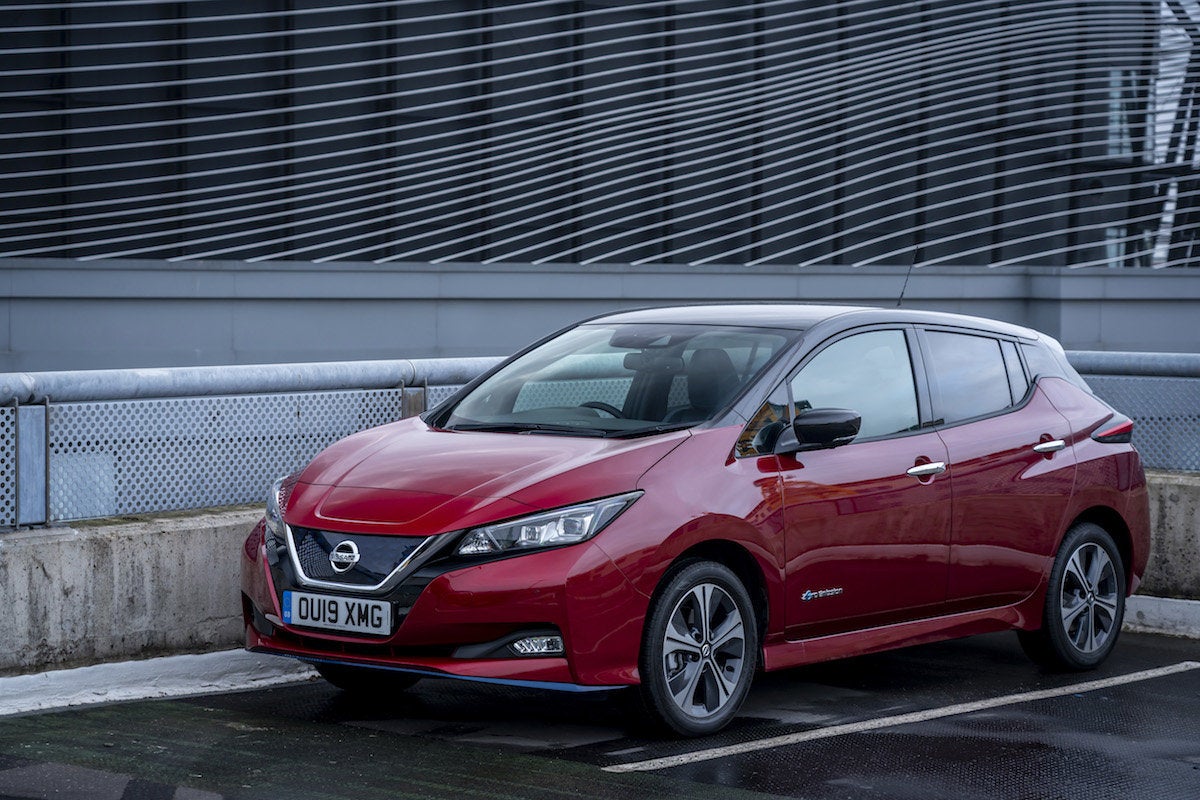
Nissan Leaf mk2
Official range: 168 – 239 miles
0-62mph: 7.3 – 8.6 seconds
Yes, it’s another Nissan Leaf, but this one got much smarter interior, a longer range and neater looks. It’s surprisingly spacious, comfy and easy to drive and in higher specs it gets a decent semi-autonomous driving aid. The standard Leaf will do around 150 miles in normal driving (130 in winter), while the Leaf e+ gets a bigger battery and will do 210 miles in real-world conditions. It’d be nice if the driving position had a better range of adjustment, but we’ll forgive it given that this is becoming very affordable for a modern and easy-living electric car.
Read our expert review of the Nissan Leaf mk2
Search for a used Nissan Leaf mk2 on CarGurus
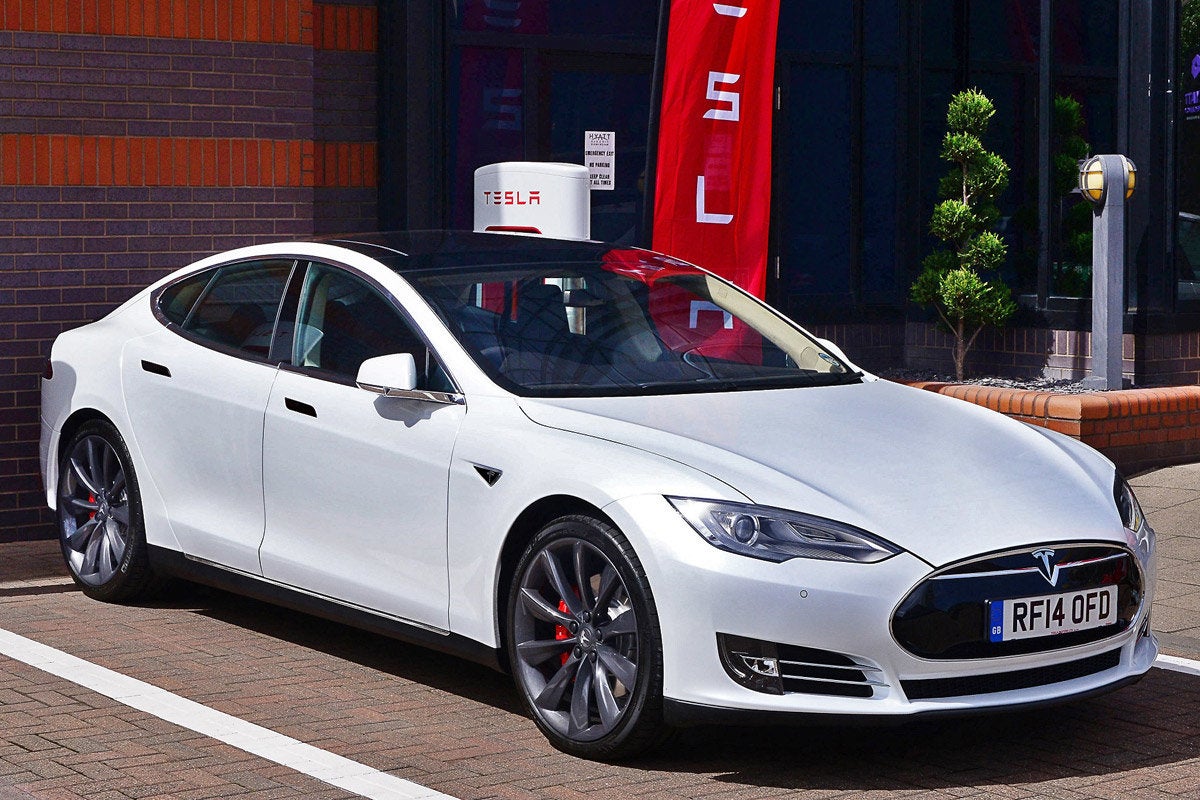
Tesla Model S
Official range: 253 – 393 miles
0-62mph: 5.4 - 2.5 seconds
The Tesla Model S is one of the best electric cars you can buy. It’s great fun to drive – even in the cheaper, slower models, never mind in the supercar-fast P90D and P100D versions, and it’s got a great driving range. Avoid the early rear-wheel drive models if you can since they could have traction issues. Any of the four-wheel drive models, which are badged ‘D’ for dual-motor, are a great bet but we particularly like the 75D for balance of affordability and a real-world range of around 200-230 miles. They all get the huge touchscreen, and many were also equipped with Tesla’s advanced semi-autonomous driving mode. It really is a fantastic plush, electric executive car.
Read our expert review of the Tesla Model S
Search for a used Tesla Model S on CarGurus
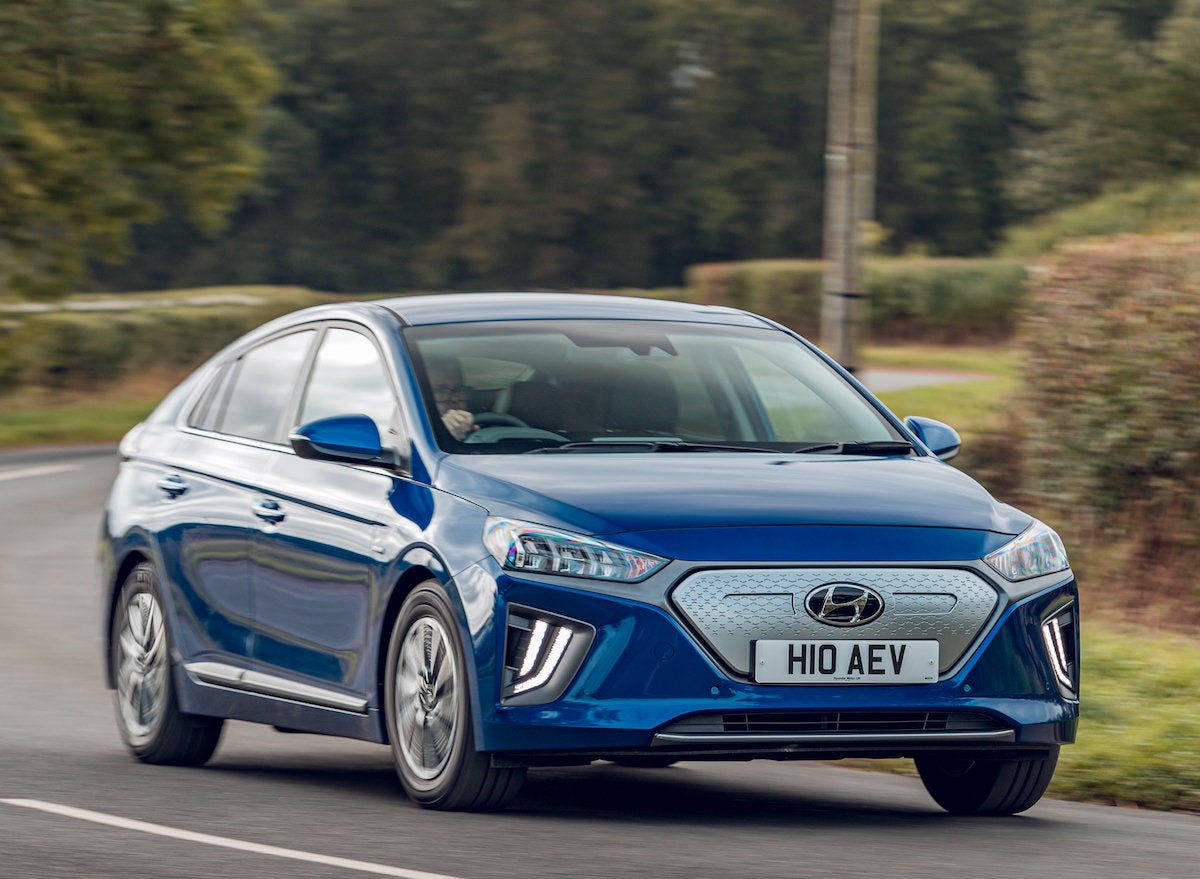
Hyundai Ioniq Electric
Official range: 174 – 193 miles
0-62mph: 10.2 seconds
The Ioniq is available as a full hybrid, plug-in hybrid or pure electric. The EV was introduced in 2016 with an official range of 174 miles, but something like 150 is more realistic. The 2020 update got an even better touchscreen and a phone app to monitor and control charging, as well as a slightly longer range that’ll stretch to around 170 miles between charges in normal conditions. The Hyundai might be fairly bland to look at, but it is still a great EV that’s quiet and comfortable, extremely efficient and is even roomy enough to make a properly decent family car.
Search for a used Hyundai Ioniq Electric on CarGurus

